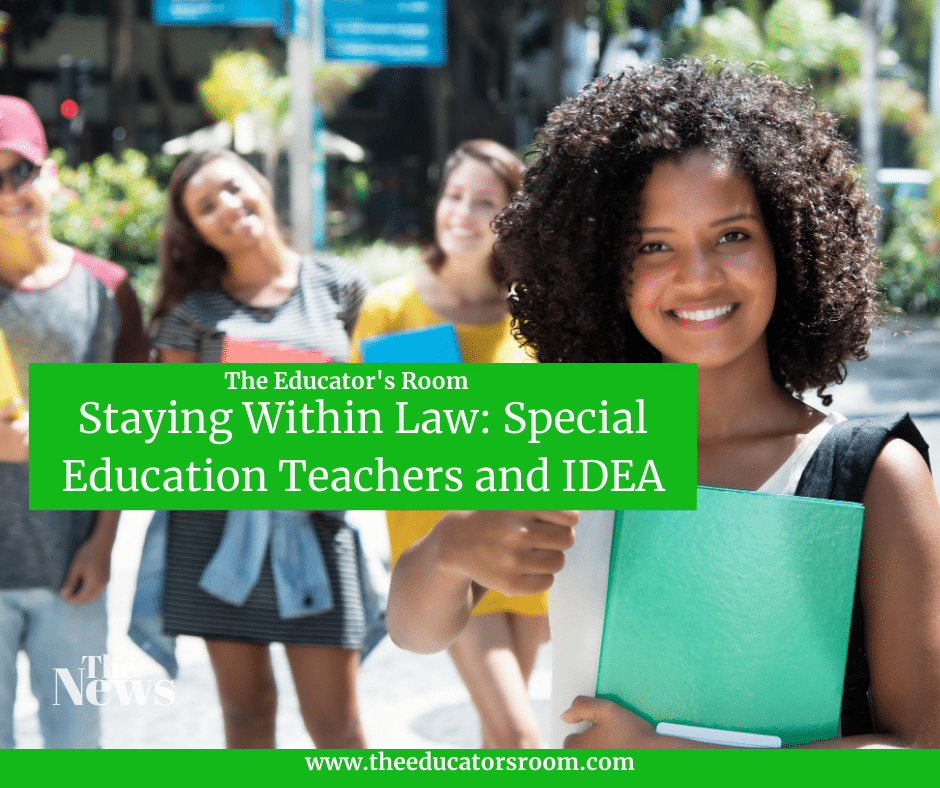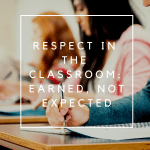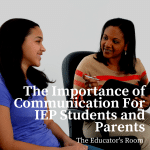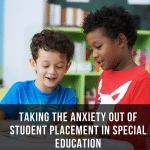Although it’s been a rough start to the 20-2021 school year for most school districts in the United States, school districts are still required to meet the service needs of their special education students. Under IDEA, the Bible for Special Services, also known as the Individuals with Disabilities Act, denotes in detail what our special needs learners should get in an accredited school setting.
So let’s break down the special needs service categories that are defined by IDEA, though not necessarily consistently recognized throughout all school districts. SLD (specific learning disability), SLP, (speech and language needs), OHI (other health impairments), ASD (autism spectrum disorder), DD (developmental delays), ID (intellectual delays), ED (emotional disturbances), MD (multiple disabilities), HI (hearing impaired), OI (orthopedic impairment), VI (visual impairment), Deafness, Deaf-Blindness and TBI (traumatic brain injury). Keep in mind that these categories are expanded again within themselves to define what needs fall under each one, sometimes expanding multiple times for more specific definitions.
Establishing the categories that schools are dealing with, we can now see what the special needs population looks like within the United States. According to the United States Department of Education, there are 17.1 million children (ages 3-21) who are currently being served under one of these categories. That’s approximately 14% of students who are enrolled in an accredited school in the United States, public, private, or charter. The category that most students fall under is SLD (33% of students, according to the USDOE); students struggling with dyslexia, dysgraphia, dyscalculia, auditory processing disorder, nonverbal learning disabilities, and other disabilities that do not fall under the other categories.
[bctt tweet=”Let that sink in: 17.1 MILLION kids who are struggling in JUST the United States.” username=””]
Know what else that means? 17.1 MILLION families who are also struggling.
So now it’s time to step up onto the Special Services soapbox. Are teachers being prepared adequately to teach special needs students? Adequately as defined by IDEA, the LAW for special needs students. Furthermore, have teachers been trained to serve special needs students via distance learning? Because, yeah, it’s the law, and teachers are required to do so. How about teachers preparing their families to help their special needs child? Most families are completely unaware as to how to teach their own child; we are supposed to be the experts on that. And parents have rights, too, one of which is that they need to be provided with resources that can benefit the learning of their child. Teachers are supposed to provide said resources.
If you feel that you are doing a bang-up job on all of the above, then cruise on to a different article, or better yet, share your knowledge, because certainly not every special needs teacher feels that way. Yet one wrong step and students aren’t receiving the education promised, or, worst-case scenario, here comes a district lawsuit which includes the case manager.
So for those special education teachers who are crying as they leave their rooms every day or day drinking with virtual learning, here are some ideas for empowerment.
- Be aware of IDEA, especially Child Find requirements. This is the Special Education Bible. There is a ton of information in this handbook that is never taught in college or any pieces of training. KNOW THIS INFORMATION. There are many mandates that most teachers are not aware of, that the school district is REQUIRED to provide special education teachers.
- Keep detailed information pertaining to students’ specific categories. If prior training has not been provided, teachers can bring that to the administration’s attention and seek out training. Don’t allow being unaware of what is entitled to special education teachers become a reason for a lawsuit.
- Feel like the administration isn’t listening? Go straight to special services in your administration building. Have documentation ready and IDEA quoted. Lay out your demands for training or resources and remind special services that these needs are REQUIRED for you to do your job, per IDEA.
- Still not getting anywhere? Don’t forget teachers’ unions, if available. Sometimes all it takes is an anonymous call to a representative to get the ball rolling.
Teachers overall are required to do so much for students, but serving the needs of special education students in the classroom or online can be overwhelming for special education teachers. Throw in the possibility of a lawsuit and tossing and turning at night will ensue. Do the research, stay in compliance and most of all adhere to due diligence.






